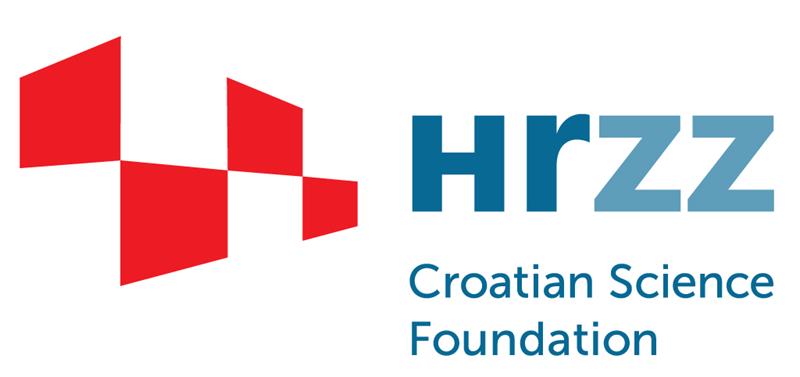
Communication through social media has been gaining importance in responses to major crises, such as COVID-19. In emergency situations, there is an urgent need to rely on trustworthy information. On the other side, we are all witnessing a huge amount of misinformation (fake news, conspiracy theories) also spreading on social media, especially during a crisis. In this light, understanding and recognising the information spreading patterns in social media plays an important role and opens various possibilities for alleviating fear, stereotyping and uncertainty, strengthening responsible individual and group behaviour and trust in public authorities in social media communications. The automatic recognition of information spreading patterns may improve various aspects of crisis communication, such as: the classification of positive and negative public attitudes to certain policies and restrictions; choosing the best communication patterns to promote important information in social media; the detection, prediction and preventing of fake news spreading; and many more. Hence, it is important to recognise how different types of information are transmitted and dispersed through social media during crisis communication.
The first step toward understanding the information spreading patterns is to perform a quantitative and qualitative analysis of textual information in social media and to identify which characteristics of information spreading can differentiate between various information spreading patterns. The main objective of the proposed research is to study and characterise information spreading patterns in the social media during the COVID-19 pandemic.
In previous research, it has already been shown that there are differences in spreading patterns of various kinds of information, as for example, information with a positive or negative attitude (L, Wang et al., 2019; R.; Q Wang et al., 2017; R. Alvarez et al., 2015; W. Ferrara & Z. Yang, 2015; A. Das, et al., 2014); or misinformation vs. mainstream information (A. Bessi et al., 2015; M. Del Vicario et al., 2016; N. Ruchansky, S. Seo & Y. Liu, 2017; S. Vosoughi et al., 2018; J. Reis et al., 2019; F. Pierri et el., 2020). However, the COVID-19 crisis brings a whole new realm of challenges in terms of large communication volumes that results with massive datasets, new terminology, new aspects and new specific topics that have come into the focus (the pandemic spreading data, mortality rate, healthcare issues, government policies, restrictions and other socio-economic issues related to the pandemic, etc.). A large number of existing studies that analyse information spreading are focused on information characterisation only by its spreading dynamics (Del Vicario et al., 2016; M. Jalili, & M. Perc, 2017) or only by its content (K. Bontcheva et al., 2014), however, new trends in the research propose a combination of various aspects of information spreading (F. Monti et al., 2019; K. Shu et al., 2017) and the proposed research is going in that direction.
In this research, we will propose a novel multilayer framework that defines a set of approaches, methods and network-based models that capture three aspects of information spreading analysis: (i) content, (ii) context and (iii) dynamic. The content-based analysis of textual information will rely on the various natural language processing methods and approaches for tasks such as keywords/keyphrases extraction and text classification. Additionally, this segment of analysis will include descriptive statistics of the textual information related to COVID-19 crisis communication characteristics. The context-based analysis refers to the analysis of various multilayer network properties on the global, middle and local scale. The analysis of the dynamics involves the analysis of cascade dynamics and some other properties such as information trends changing over time.
Within the proposed framework, we will study empirical data related to COVID-19 crisis communication crawled from various social media sources, such as social networks and online portals. The main focus of our datasets will be texts in the Croatian language, however, to be comparable with other studies, we will perform experiments with texts in the English language as well.
We expect that the results of this project will enable a better understanding of the information spreading patterns and communication in social media during the COVID-19 pandemic.
